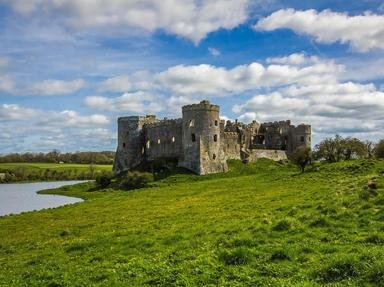Quiz Answer Key and Fun Facts
1. 'Hen Wlad Fy Nhadau' means which of the following in English?
2. Around one half of a mile outside of the mid-Wales town of Rhayader (pronounced 'Ray-da'), lays Gigrin Farm. Here one can see many of these beautiful and, until recently, almost extinct birds of prey. Which of the following birds can be seen here?
3. Who, or what, is the 'Mabinogion'?
4. Between the 1970s and the mid-1990s, a number of English families resident in North Wales sold their properties and moved away. What was their motivation for doing this?
5. During 1536 and 1543, two acts of parliament were granted royal assent thus bringing together, in union, the countries of England and Wales. During the reign of which English monarch did this take place?
6. Running from near Chester in the north to the Severn Estuary in the south, with an overall length of around one hundred and sixty eight miles, this ancient feature was constructed between England and Wales over one thousand years ago. By what name is this feature known?
7. 'Who ever hear on Sunday, will practis playing at ball; it may be before Monday the devil will have you all'. Appearing above many chapel doors in the Wales of old, this warning was directed against the playing of which important traditional musical instrument?
8. During November 1966, the Secretary of State for Wales established a unique department within the Welsh Office. The tragedy which had instigated the establishment of 'The Derelict Land Unit' had taken place the month earlier on the 21st of October 1966 and was known as the 'Great Llandrindodd Wells Disaster'.
9. Which annual event, in its constitution, makes the declaration that it 'sustains Welsh culture and safeguards the Welsh language'?
10. In 1588, a great book was translated into the Welsh language, 'Cymraeg'. This translation is believed to have been the salvation of Welsh and guaranteed its survival as both a written and spoken language. Which book was this?
Source: Author
SisterSeagull
This quiz was reviewed by FunTrivia editor
trident before going online.
Any errors found in FunTrivia content are routinely corrected through our feedback system.
